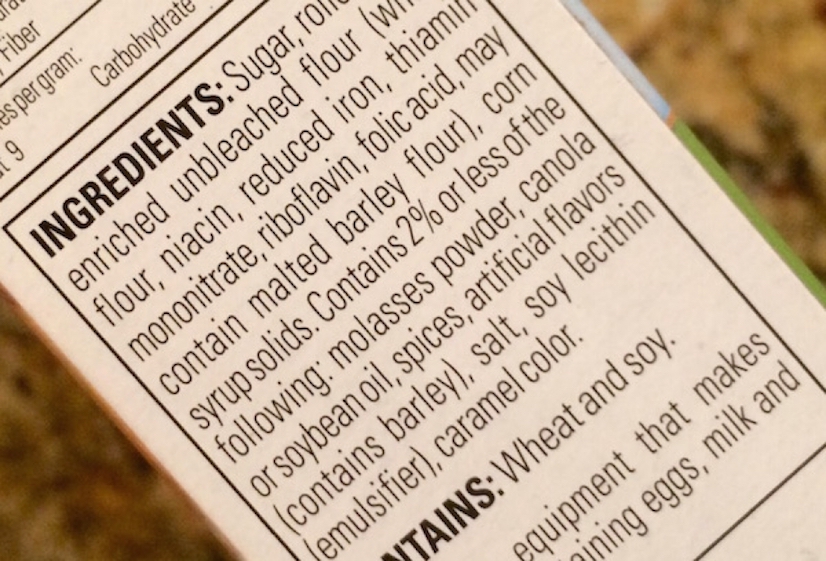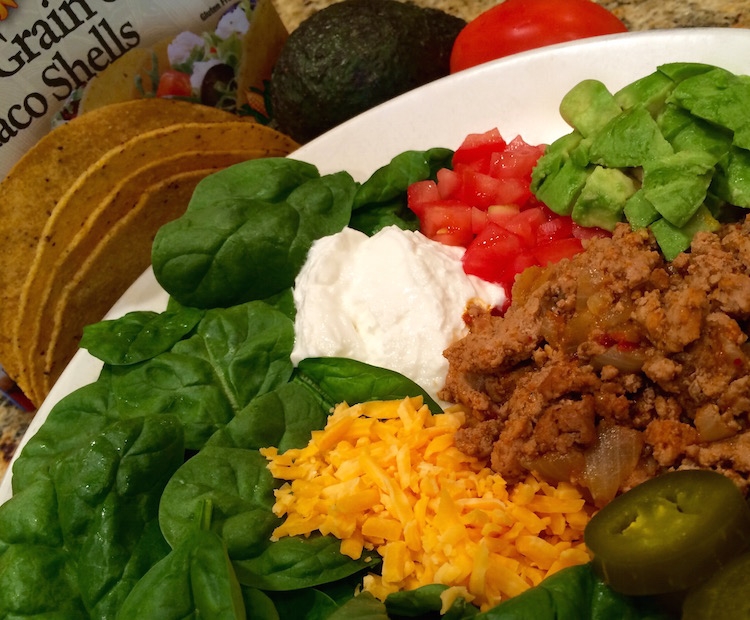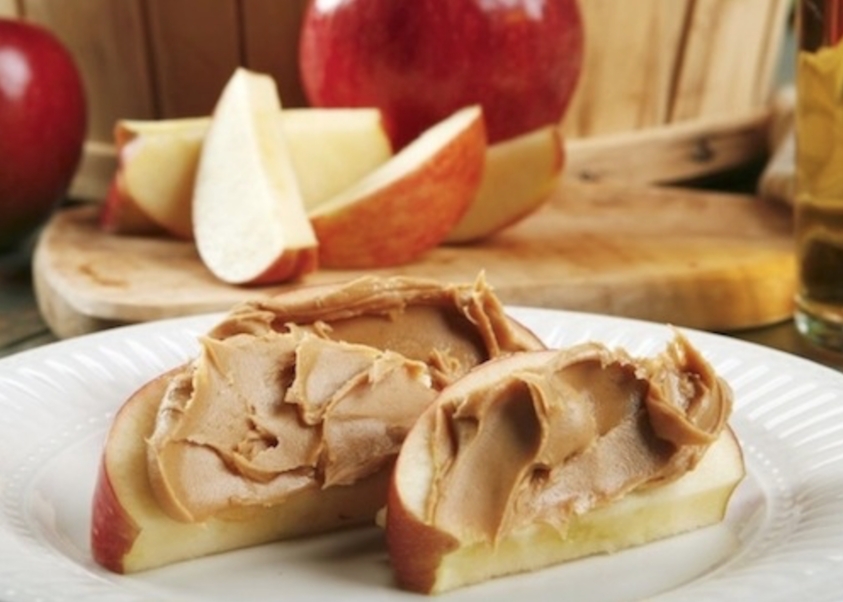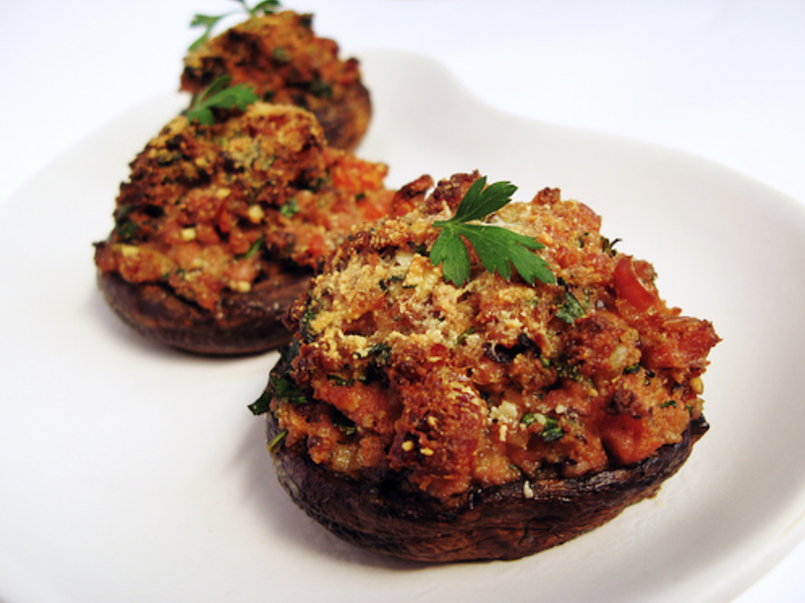The “ingredients” list of food labels is where the food industry deceives unknowing consumers the most. You’ve probably heard this in some way before, but I’ll just reiterate: If the ingredients listed on a package don’t sound familiar, sensible, or easily interpretable, the product is not likely to be of the highest quality.
Now, the presence of familiar ingredients surely doesn’t denote the healthiness of a product. In fact, savvy food manufacturers purposely refrain from using what I generally call ‘boogeyman’ ingredients like high-fructose corn syrup in an effort to sway you into believing their products are somehow better than the competition.
For instance, Kellogg’s Raisin Bran is currently being marketed as totally free of high fructose corn syrup yet sugar comprises nearly 40% of the total calorie count. This is questionable considering the fact that the recommend sugar intake is less than 10% of total calories.
Might I add that sugar and brown sugar syrup are listed as the fourth and fifth ingredients in this particular cereal. Whether high fructose corn syrup, table sugar or brown sugar, excessive amounts of added sugar of any kind can render a food subpar.
Related Article: Dietary Sugar: The Good, The Bad and The Unnecessary
The healthiest of foods are generally comprised of whole food ingredients and these are generally listed as the first through fifth ingredients.
Examples of whole foods include high-quality grains, beans, fruits, vegetables, and untainted meats, poultry, seafood and dairy products. Different blends of herbs and spices are also acceptable additions to the ingredients list of food labels. Outside the realm of these ingredients are those that are manmade and/or chemically altered.
Related Article: A Simple Guide to Eating Sensibly
Of all whole food ingredients, whole grains are undeniably a source of a whole lot of confusion these days. I can’t tell you the amount of times I’ve seen a “Made with Whole Grains” label stamped on the packages of refined breads, cereals and other overly carbohydrates.
Related Article: What You Should Know About Carbs and the Glycemic Index
It’s important to understand that all whole grain products are not created equal. In fact, a large majority of products marketed as whole grain (100% wheat flour, multigrain, cracked wheat, fifteen grain, and twelve grain) are really refined and have been stripped of most essential nutrients.
Real whole grain products generally contain at least 16 grams per serving and include foods like oatmeal, quinoa, popcorn, brown rice, whole rye, whole grain barley, and wild rice. If you’re ever in doubt, a good practice is to look for the Whole Grains Stamp on your product package. Also, make note that authentic whole grain foods always list a whole grain (whole wheat or whole wheat flour) as a first ingredient.
One final thing that I must point out relates to the presence of disease-promoting trans fats on the ingredients list of food labels. These manmade, chemical products are often masked in “partially hydrogenated oil” descriptives like partially hydrogenated palm oil, partially hydrogenated soybean oil, partially hydrogenated vegetable oil and the like. Always be on the look out for those, as trans fats have absolutely no place in a healthy diet.
Related Article: Good Fats Versus Bad Fats: What You Need to Know About Dietary Fat
All and all, decoding the ingredients list of food labels is a whole lot easier than you might think. A common sense approach is all that’s needed. Consider the strategies I’ve highlighted here in conjunction with my other strategies for deciphering food labels and you’ll be well on your way to healthier eating.







